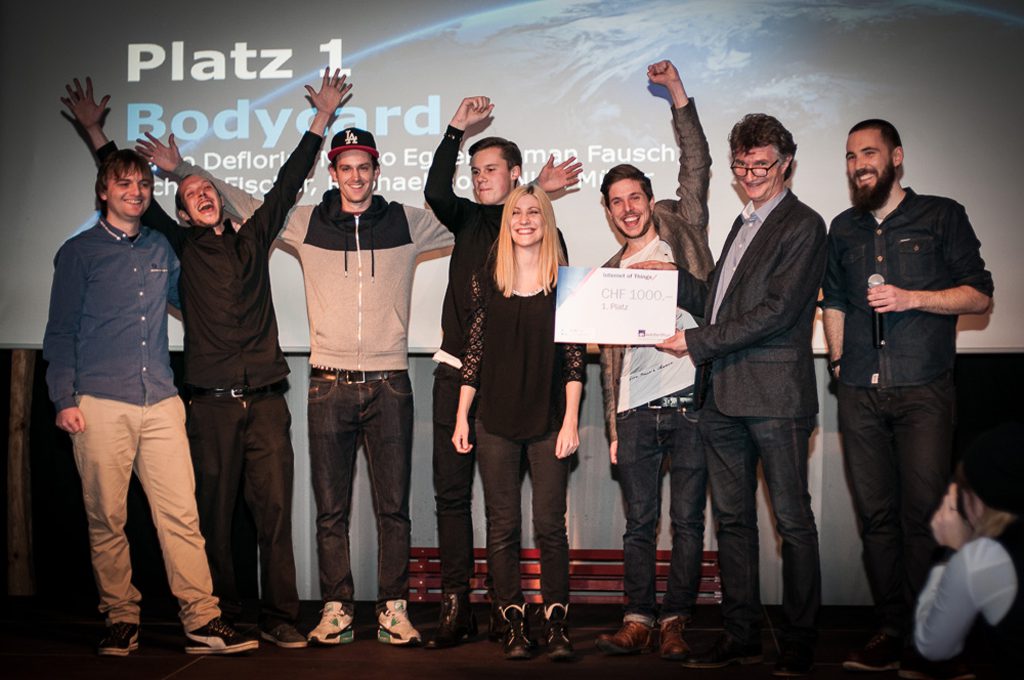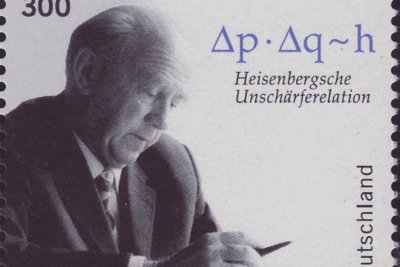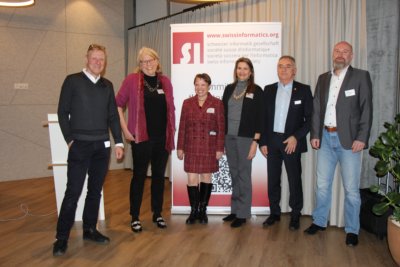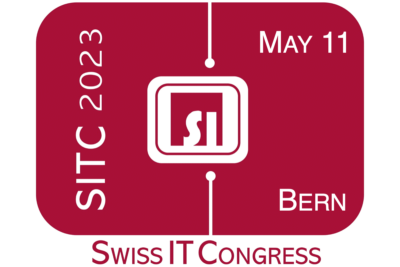Since 2009 the HTW Chur offers the bachelor program Multimedia Production. The full-time program offers a broad education in the fields of multimedia, communication and journalism, which is continuously adapted to new developments. In this interview, Martin Vollenweider, Professor of Interactive Media at the Institute for Multimedia Production IMP at the University of Applied Sciences Chur, describes how the program is structured, its scope and goals, and the success it has had among young people.
Martin Vollenweider, you work as Professor for Interactive Media at the Institute for Multimedia Production IMP at the University of Applied Sciences Chur. What is special about your education that students can benefit from?
The Multimedia Production bachelor’s degree program has been available at HTW Chur since 2009. The full-time program offers a broad education in the fields of communication and journalism, which is constantly adapted to new developments. The study program has three special features. We deliberately focus on a broad education; our graduates are generalists. They are well versed in the fields of film, text, storytelling, graphics and audio as well as animation, engineering and web technologies. The students’ strength lies in the conception and implementation of content for different media and channels. This interdisciplinary thinking helps with future employment opportunities. Graduates often work in interface positions, for example, between communications and technology. A former student put it this way, “Basically, I think the program is very good. My experience shows that especially in medium-sized SMEs or in smaller agencies, the ‘generalist’ is very much appreciated.
The second special feature in the practice-oriented course of studies is the ongoing adaptation to the latest techniques. In teaching, be it in visualization, interactive media or other modules, the lessons are adapted every year to the changed and rapidly developing technologies. Not only the contents are constantly changed, but also the forms of teaching. In Interactive Media, for example, all lectures are streamed and also recorded. Students can follow a lecture live from home or watch the recording in the evening. The dynamic of change is also reflected in the lending department, where the latest technical equipment is constantly being acquired in order to optimally prepare students for the working world.
The third special feature of the Multimedia Production program is that it is a joint degree of the HTW Chur and the Bern University of Applied Sciences BFH. In each year two classes are trained in Chur and one in Bern. This situation presents us with great organizational challenges: how can I teach three classes at two different locations? I have in mind a classroom that is virtually seamlessly transferred to the other location. This scenario would give students the impression of studying in one large room. I hope to develop such a model in the fall.

Your specialty is interactive media. What do you mean by that?
Our students graduate with a Bachelor of Science in Media Engineering. That means we are a technical degree program. In addition to the operation of sophisticated film, video and photo cameras, mixers and recorders, client- and server-side web technologies are also part of the course. The lectures of Interaktien Medien, which the students attend during five semesters, cover exactly these topics. Students first apply the basic technologies HTML, CSS and Javascript and learn to create their own websites and publish them on the Internet. Later they deal with databases as well as the programming language PHP and build dynamic web applications. The knowledge is rounded off with lectures on content management systems and AJAX. A large part of the lessons also deals with the design of applications. In the classroom, the target groups are first defined for real projects, then the typical users are worked out with personas, usage scenarios are developed, prototypes are built from them and use cases are derived. The applications are tested in the HTW’s Usability Lab.
We do not train pure programmers. For us, it is important that the students have a basic technical understanding, recognize the interrelationships, understand the modern technologies and can also apply them in their future jobs. As one former student put it, “I now work as a business engineer and interaction designer at a software company. My job basically has little to do with programming. Nevertheless, my education in applied computer science benefits me immensely! Not because I program or otherwise come into contact with code in any way, but because I have gained an understanding of developers. I know exactly how complex their daily business is and I also understand their approach to software development. This knowledge helps me to formulate the requirements for the software in a language that the developers understand and to design a user-friendly interface that is also fun and not just a hassle for the ‘techies’.”
Programming is not only the foundation of online projects, but also an intensive training of language and logic, the basis of journalism. Programming is on par with basic literacy. If you can’t master this as an MMP student in today’s world, you’ll soon be out of the window. User skills are certainly important, but programming and the ability to identify, analyze and solve problems are even more important.
How will this sub-sector develop in the near future?
I suspect that we will be overwhelmed by an avalanche of new technologies in the near future. Sensors and embedded systems are becoming smaller and cheaper, and they are being integrated more and more into everyday objects. Today, we still have a clear separation between PC, laptop, tablet, cell phone, smartwatch, etc. In my opinion, devices will merge more and more in the future, integrate into the environment and be available to us everywhere in changing, specific forms. Devices, media and channels will intermingle. The trick is to assess these technologies and consider what their impact will be on society and teaching.
To illustrate, consider a simple example using newspaper reading. During breakfast, I might want to be able to read my digital newspaper right at the kitchen table without using a cumbersome tablet. After breakfast, I might feel the need to finish listening to the articles in the shower without cumbersome radio, see the related videos projected directly on the train window on the train to Chur, and finally finish listening to the articles on the bike to college. Today, there are too many devices and their operation is incredibly complicated, the user interfaces must simplify massively. In this respect, we are still stuck in the 20th century.
Can you tell us some highlights from your work at HTW Chur so far?
I have been working at the university since 2012. The biggest highlight was certainly the introduction of inverted learning combined with the streaming of lectures. In addition to a number of technical challenges, the students as well as the faculty had to be convinced of the new way of teaching and learning. In traditional teaching, the new material is taught during the lecture. With inverted learning, for example, the lecturer records videos in advance and explains the material in them. Students are required to work through the videos or learning materials before the lecture. In the attendance phase, i.e. in the actual class, the most important points of the video sequence are briefly summarized and deepened with smaller exercises. The more in-depth examination of the material takes place in longer exercises, as in normal teaching. One advantage of inverted learning is that students are free to choose the time and duration of the content transfer, and in contact lessons the connections are pointed out and questions are answered specifically. It took persuasion to convince all students of these methods. Of course, the method comes with risks. The students must have worked through the videos before the lecture and the technology of the stream must work perfectly. The didactic model of inverted learning. The material is taught through self-study.
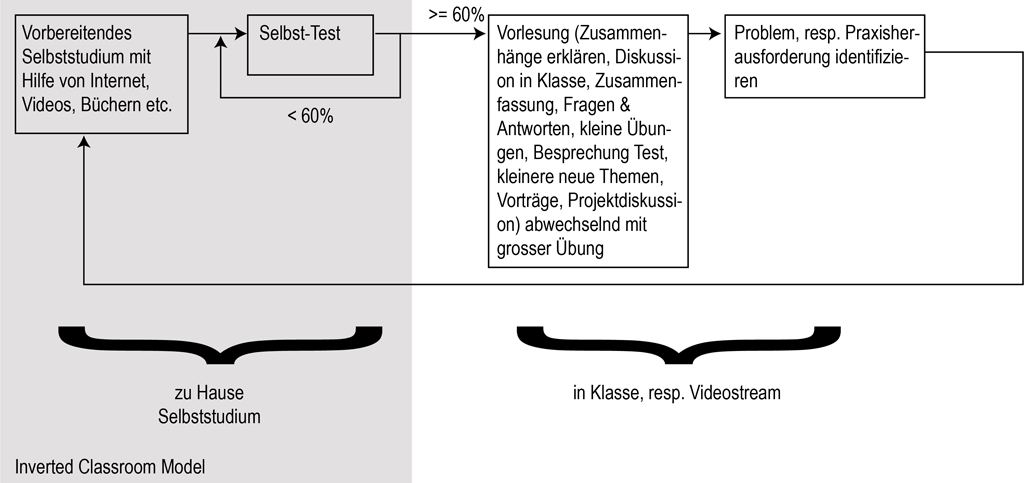
What is the feedback from previous students about your range of subjects?
During the course, many students complain that the course is far too broad and that five semesters of Interactive Media is too much. There is a lot of discussion in classes about this issue. Interestingly, graduates quickly see the benefits of the generalist approach in practice. Who else has the ability to write, speak, draw, visualize, program, sketch, photograph, and film well? Who can conceptualize, design and produce multimedia and interactive content? One graduate said in the alumni survey, “I’m still very glad I took this degree! It gave me the opportunity to develop myself and sparked the joy of planning, organizing and executing events.”
Students from your department also regularly do smaller (or interesting) projects with business partners. Can you give us an example of that?
In one semester we realize real projects with the students. That means there is a customer with a concrete order to be implemented. The students learn the whole process of conceptual design, briefing, customer communication and project management. Most of the time, these are smaller CMS projects that are not time-critical and can be designed and implemented in one semester. However, there have also been more extensive semester projects with the goal of investigating new technologies.
During one semester, 70 students of the bachelor course Multimedia Production had thought about the topic “Internet of Things” (IoT) and developed innovative concepts in cooperation with AXA, which they presented in a five-minute pitch at the first Zero Gravity event. The students investigated possible IoT aspects in the topics “Workforce & Workspace Planning”, “Protection of the Company”, “Occupational Health” and developed application concepts and prototypes from them. The cooperation was an enrichment for both the university and AXA, said project manager Pascal Reichmuth: “Through the exchange with the students, we as a large company also gained new impulses again.”
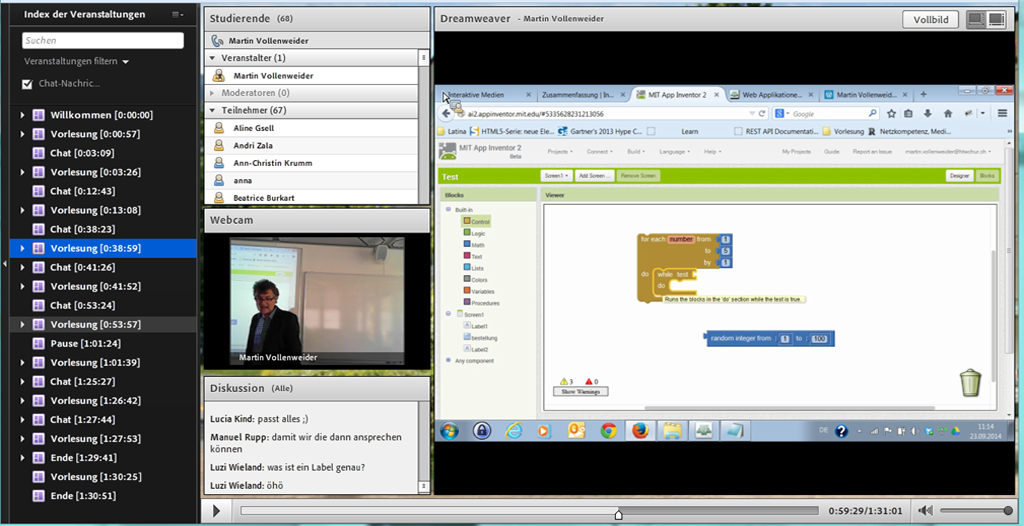
What projects would you like to tackle soon?
Last year, I focused on the Internet of Things (IoT). Admittedly, IoT is old hat. For us at the institute, however, the focus is not on the technology, but on the possibilities of representing, controlling and changing the processes and communication flows between the various networked devices in a graphical and interactive way.
This year our focus is Augmented Reality. This means that the real, actual world is extended by superimposed images, videos, texts, audio files or 3D objects, which give the viewer additional information about an object. Mostly these applications are used for printed catalogs. The user looks at a catalog page with his smartphone and can watch videos or detailed information about an illustrated product.
What kind of companies do you want as project partners? /or should contact you for a project?
In the fall semester, we would like to work with a partner to explore the possibilities and limits of augmented reality. Aspects of storytelling, information transfer or increased interaction with the user could be interesting. We are looking for partners with the same interests, who on the one hand provide framework conditions, and on the other hand give the project teams a largely free hand in developing their ideas.
Of course, we are always open to other, even unconventional ideas and suggestions from the large and open field of interactive media. Topics like data visualization, internet of things, virtual reality, user experience, multimedia systems, user interfaces, modern content management systems etc. are of great interest to us. Besides augmented reality, another central research question for us is how data can be visualized in a multimedia way and which technical systems are needed for this.
We are also very interested in joint research projects with partners from industry or the service sector. The ideal situation is when a company approaches us with a concrete idea. Together we investigate the potential of the vision and build concrete multimedia applications or services together with development partners, for example from media companies, the communications industry or associations.
The institute’s researchers are also looking at how multimedia can be implemented in journalism, corporate communications, associations and among political players in terms of content and technology, and what impact this has on media use, knowledge transfer and business models.
Thank you very much for the interview. We wish you all the best and much success for your future projects!
__________
Martin Vollenweider
After studying electrical engineering at ETH Zurich, Martin Vollenweider gained his first experience in marketing and sales of computer solutions at Hewlett-Packard and Digital Equipment. In 1986, he founded his own company, Timerate AG, which specialized in training and consulting for publishing products. After a one-year training in San Francisco, the company focused on Internet technologies, media informatics and multimedia applications. Besides working in his own company and publishing books in his field of expertise, Martin Vollenweider was a lecturer in the bachelor program “InterMedia” at the University of Applied Sciences Vorarlberg in Dornbirn from 2008 to 2012 and at the HTW in Chur in the field of “Interactive Media” since summer 2010. He has been working as a lecturer at the HTW Chur at the Institute Multimedia Production since summer 2012.
Martin Vollenweider lives in Zurich, is married and has two daughters. His hobbies include going to the theater, art, literature, snowboarding, mountain biking and hiking.
URL for study

